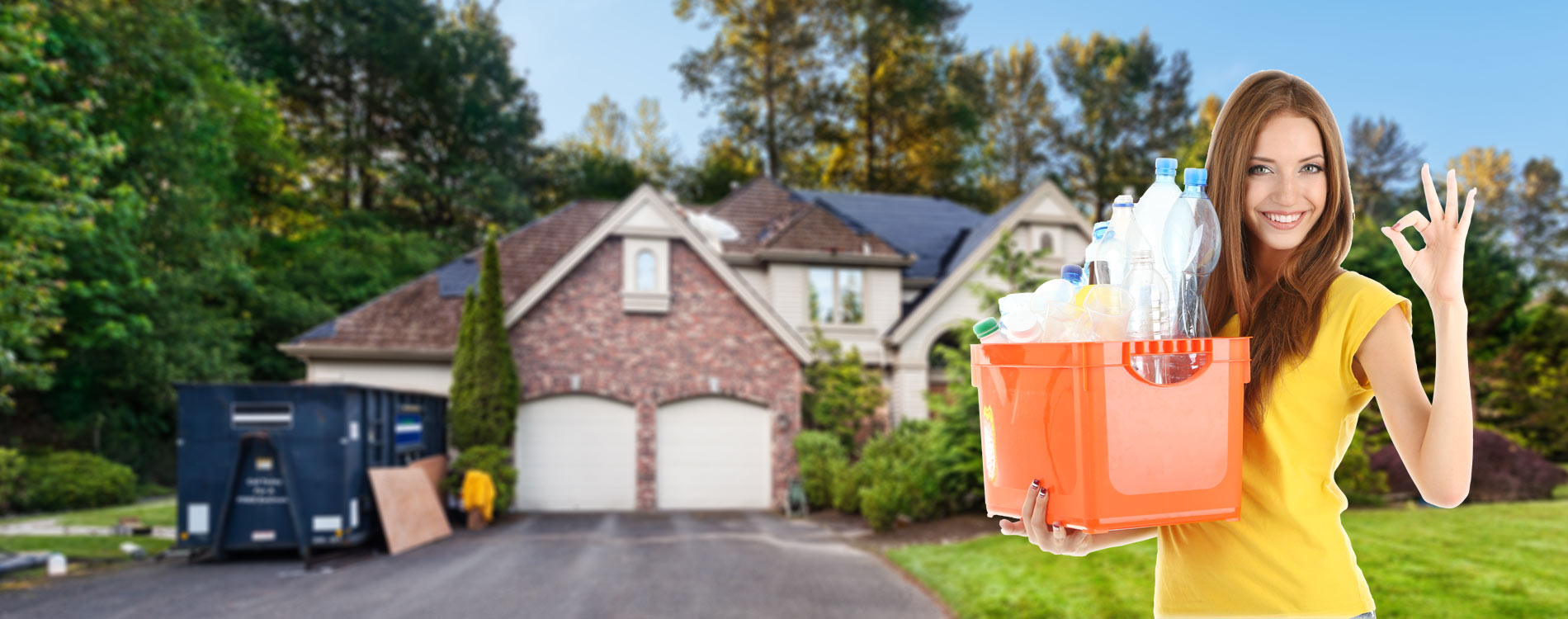Handling Overflow Household Refuse
Posted on 27/03/2025
Managing household refuse can be a daunting task, especially when it begins to overflow. Whether you're dealing with post-holiday excess, a large family, or simply haven't had the time to keep up with regular chores, the overflow of household refuse can quickly become overwhelming. However, with some strategic planning and effective waste management practices, you can successfully manage and reduce the amount of refuse that piles up. In this article, we will explore the causes of overflow household refuse, strategies to handle it efficiently, and steps to minimize future accumulation.
Causes of Overflow Household Refuse
Understanding the causes of overflow household refuse is the first step in managing it effectively. Several factors can contribute to this issue:
- Inadequate Waste Management Systems: When your household does not have an organized waste management system, garbage can quickly accumulate. This includes the lack of recycling bins, composting systems, or regular waste collection schedules.
- Excessive Consumption: In today's consumer-driven society, it's easy to accumulate items and generate excess waste. Packaging, single-use items, and impulse buys all contribute to the overflow.
- Special Events and Holidays: Events like parties, holidays, and family gatherings often lead to a surge in waste production. Wrapping paper, disposable tableware, and food waste can add up quickly.
- Procrastination: Delaying the task of taking out the trash or recycling can lead to the overflow. When bins are full, it becomes more likely that refuse will spill over.

Strategies for Handling Overflow Household Refuse
1. Assess and Declutter
Begin by assessing the situation. Take a walk around your home and identify the areas with the most refuse. This could include the kitchen, bathroom, and living areas. Once you have a clear picture, it's time to declutter. Remove items that are no longer needed, sort out recyclables, and dispose of organic waste in a compost bin if possible.
2. Set Up a Waste Management System
Implement a waste management system that works for your household. This includes setting up designated bins for recyclables, compost, and general waste. Labeling these bins can help family members or housemates understand where different types of waste should go. Consider composting organic waste, as it can significantly reduce the volume of your trash.
3. Schedule Regular Disposal
Consistency is key when managing household refuse. Set a schedule for regular waste disposal, and stick to it. This could mean taking out the trash on a specific day each week, or arranging for additional waste collection services if your current schedule isn't sufficient. Staying consistent helps prevent the buildup of refuse.
4. Reduce and Reuse
An effective way to manage and minimize household refuse is by reducing and reusing items. Opt for products with minimal packaging, buy in bulk to reduce waste, and consider using reusable containers and bags. Reusing items or repurposing them for different uses can also cut down on the amount of waste you generate.
Steps to Minimize Future Accumulation
1. Embrace Minimalism
One of the simplest ways to reduce waste is by embracing a minimalist lifestyle. By owning fewer items, you'll generate less waste. Start with small steps like decluttering your home and being mindful of new purchases. Think critically about what you truly need and avoid impulse buys.
2. Practice Mindful Consumption
Make conscious choices about the products you buy. Look for sustainable, eco-friendly options that have less environmental impact. Choose products with recyclable or minimal packaging, and support brands that prioritize sustainable practices. Bring your own bags, containers, and utensils when shopping or dining out.
3. Educate Your Household
Educating the members of your household about waste management is crucial. Make sure everyone knows how to separate recyclables from general waste and the importance of reducing waste. Encourage them to take part in recycling and composting efforts. Create a culture of sustainability within your home.

Proper Disposal Methods
1. Recycling
Recycling is a vital component of waste management. Provide clear guidelines on what can and cannot be recycled in your community. Common recyclables include paper, cardboard, glass, plastics, and metals. Ensure that recyclables are clean and devoid of any food residue. Contaminated recyclables can hinder the recycling process.
2. Composting
Organic waste such as food scraps, coffee grounds, and yard waste can be composted to create nutrient-rich soil. Composting not only reduces the amount of waste in your bin but also provides a valuable resource for gardens and plants. Invest in a compost bin and educate your household on what can be composted.
3. Proper Disposal of Hazardous Waste
Hazardous waste, including batteries, electronics, and chemicals, requires special handling. Many communities organize hazardous waste collection events or provide specific drop-off locations. Ensure that hazardous materials are disposed of safely to prevent environmental contamination.
4. Donation and Repurposing
Before discarding items, consider if they can be donated or repurposed. Clothing, household goods, and furniture in good condition can be given to charity organizations or thrift stores. Repurpose old items for new uses to extend their lifecycle and reduce waste.
Conclusion
Handling overflow household refuse requires a combination of effective strategies and a proactive approach. By understanding the causes of refuse accumulation, implementing proper waste management systems, and educating your household, you can tackle the challenge of overflow refuse. Embracing sustainable practices and mindful consumption will not only reduce waste but also contribute to a healthier environment. With these comprehensive steps, managing overflow household refuse can become a manageable and even rewarding task.

 020 8610 9486
020 8610 9486










